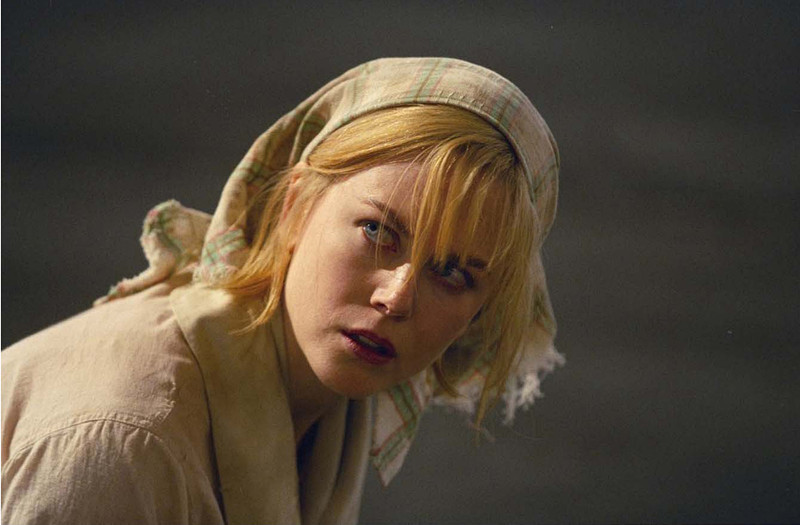
Dating a cinema student can be tricky. Their realm of expertise is borderline esoteric, given that the average person’s perception of cinema rarely ventures beyond the horizon of Hollywood.
Cinema students, however, are of a different breed. They watch silent films, black and white films, foreign films; films that require thought and introspect, films that avoid shortcuts and nutshells, films that are multilayered and captivate an audience with minimal sensationalization.
They like to analyze camera movement, set design, lighting and pacing. They’ll critique dialogues, and look to read in between the frames. In doing so, they will introduce you to a world within a world, show you thematic fractals, and magnify intricacies that elude the general population.
Dating a cinema student can be quite a learning experience. The trick lies in minimizing your Philistinian proclivities, which is where this list comes into play. Think of this as a light-hearted primer for those looking to demonstrate value in the trained eyes of a cinema student. Something conceptually along the lines of a new age “My Fair Lady”.
If you understood that reference, this list probably isn’t for you.
Disclaimer: Cinema students differ in terms of their preferences, so this list serves to imbue you with a generalized framework which should apply to a majority of them. Not all of them. If you happen across one who swears by the likes of Bela Tarr, then I wish you luck.
1. The Dreamers
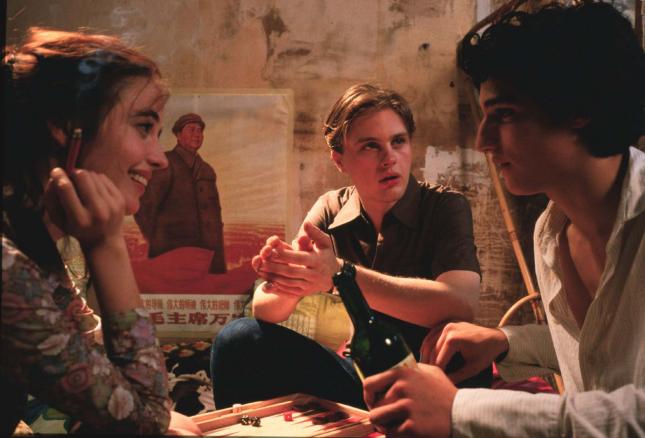
The issue with Bertolucci, as you’ll soon find out, is that his films generally require a modicum of historical context. Obviously, you can’t be expected to research the political landscape that forms the background, so The Dreamers functions as a sneaky compromise. It is fast-paced and viscerally sexual.
The camera dreamily waltzes through the frames in a manner that will envelope you in curiosity and wonder. The soundtrack functions as a crash-course in the eclectic. It is a spectacle in every sense of the word, even if the political nuances are lost on you. Additionally, it will also give you an insight into the maniacally obsessive world of cinema aficionados.
In terms of acting, you’ll see familiar referential points in Eva Green and Michael Pitt, so you won’t be completely disoriented.
The Dreamers is the ideal stepping stone for a neophyte to climb into the realms of Godard and the New Wave. You will initially be lost in the references, but it will spark in you a curiosity to see more and know more. Maybe you’ll research the student riots, maybe you’ll acquire a taste for the New Wave.
Eventually, you’ll return to The Dreamers, and the beauty that was once blurry would have a transcendent clarity. You won’t be merely watching The Dreamers – you’ll be a Dreamer.
(Knowing a Bertolucci film also allows you an opportunity to say “Bertolucci” with an enunciation that silences and enraptures those around you. Best accompanied with erratic hand movements, for authenticity)
2. Le Samourai
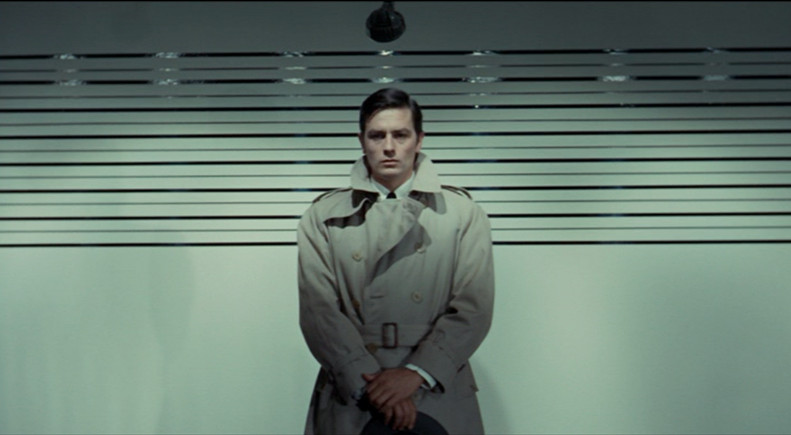
With a portfolio that extended to fighting in the French Resistance in World War Two, Melville painted the film industry with swathes of minimalistic idiosyncrasies. His efforts were recognised as part of the French New Wave movement, a staple in most film student diets.
His movies, however, slightly deviate from the baseline of New Wave in its stylistic and narrative influences grounded in noir and crime – which is why he represents the ideal launching platform for a contrived interest in French New Wave and even Film Noir.
How to describe Le Samourai ? Visually, Le Samourai is an ode to American Gangster films of the 1940s – think ashen streets and monochrome interiors; picture laconic gangsters with menacing fedoras and sullen trench coats.
Aesthetics drip from every scene, as Melville mimics the meticulous sociopathic planning exhibited by the protagonist – emphatically punctuated by an interrogation scene that sends you reeling with vertigo.
Alain Delon, as Jeff Costello, gives an acting performance that is surreal in vision and minimalistic in execution. Pay specific attention to his room, because it functions as an extension of Jeff. Bare, yet layered. Empty, but calculated.
Le Samourai’s plot is ripe with suspense, but is definitely a slow-burner relative to the high-octane energy drink films of the modern era. Noone said that the path of your initiation would be paved with adrenaline and bullet-time, so suck it up and soak it in.
3. Chinatown
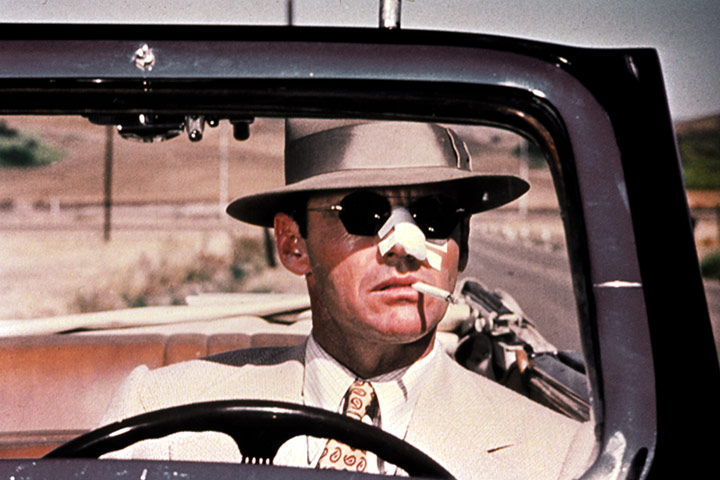
Polanski’s Chinatown holds value on multiple fronts specific to our situation. It allows you access to the realm of Film Noir, while saving you the effort of Bogarting your way through several movies from the 1940s. It has Jack Nicholson, and one can never go wrong with Jack Nicholson.
It introduces you to tropes like Cherchez La Femme, which essentially dictates that behind the downfall of every man lies a woman. It allows you to bask in the afterglow of an era long gone, preserved only in our imaginations and screens. Finally, it allows you to talk about Roman Polanski, who always provides conversation topics colorful enough to Lolita at.
As a film, Chinatown is a confluence of sensations. As an experience, it’s two-hour long narcotic. The movie sedates you with its soundtrack, and takes you down a long and winding road which leads nowhere. Nowhere but Chinatown. More fedoras, but the gangsters this time around are more prone to verbosity.
Juxtaposing this against Le Samourai is an interesting experiment in stylistic and era-based contrast. (Something that could be nonchalantly mentioned, in passing, to your partner. Nonchalance is vital. It is the wind beneath the wings of every self-respecting cinema aficionado)
4. Salo, 120 Days of Sodom
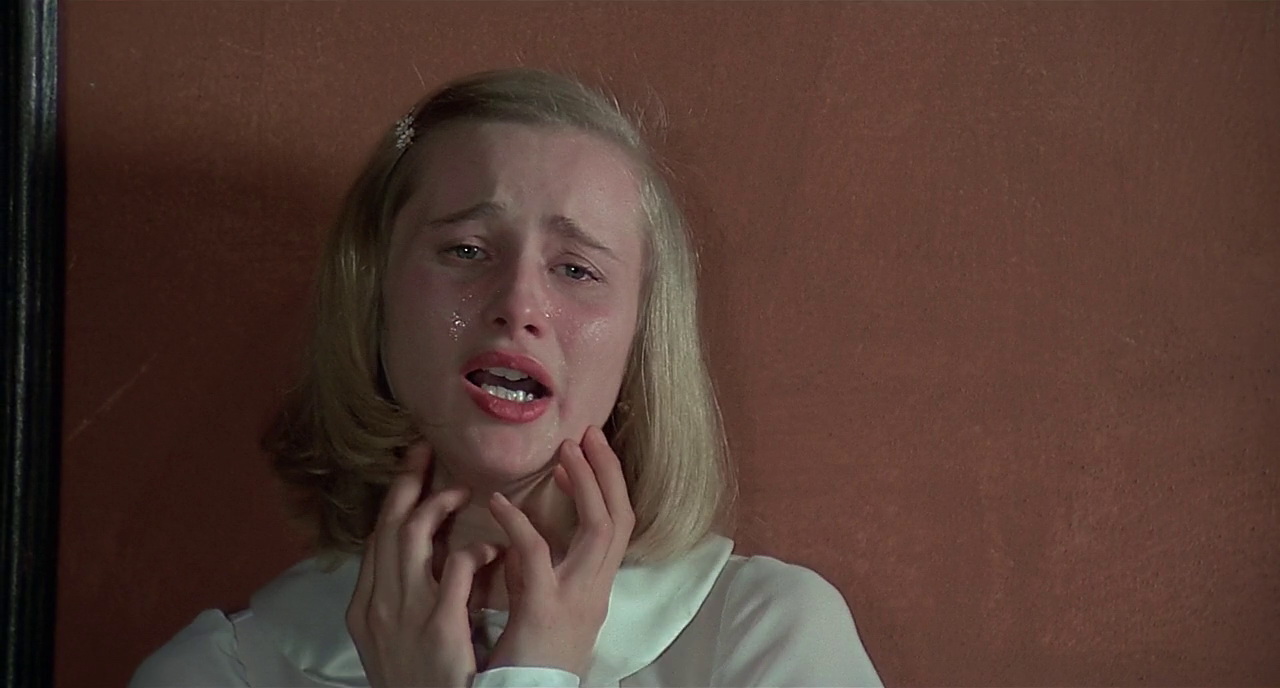
Pasolini’s Salo, or 120 Days of Sodom, is an exercise in the extreme. It represents a realm of art which employs sexual deviancy as its primary medium of transmission. It uses beauty to frame the despicable, style to mask horror. Based on the works of Marquis De Sade, Pasolini’s Salo is human expression at its most deranged.
Yet it maintains an aesthetic quality that will have your senses cross-firing amidst the death throes of your morality. It is revolting and enthralling. It is repulsive and exquisite. It is art and abomination.
Having said that, you have to thoroughly gauge your partner before passing an opinion. Try something non-committal and diplomatic like “this is the best and worst movie I ever saw”. Because it very well could be.
With plot points centered on fascism and scatology, this film is a badge that displays your stomach for the deviant. It might be even revelatory enough for you to research further into the paradox of beautifying the repulsive.
It might lead you to discover that images of Pasolini’s fictional horror were re-enacted in real life, with the meat pyramids of Guantanamo bay, and this could lead you to say something deep and insightful like “truth is always stranger than fiction, isn’t it ?”
You’re so in with a line like that.